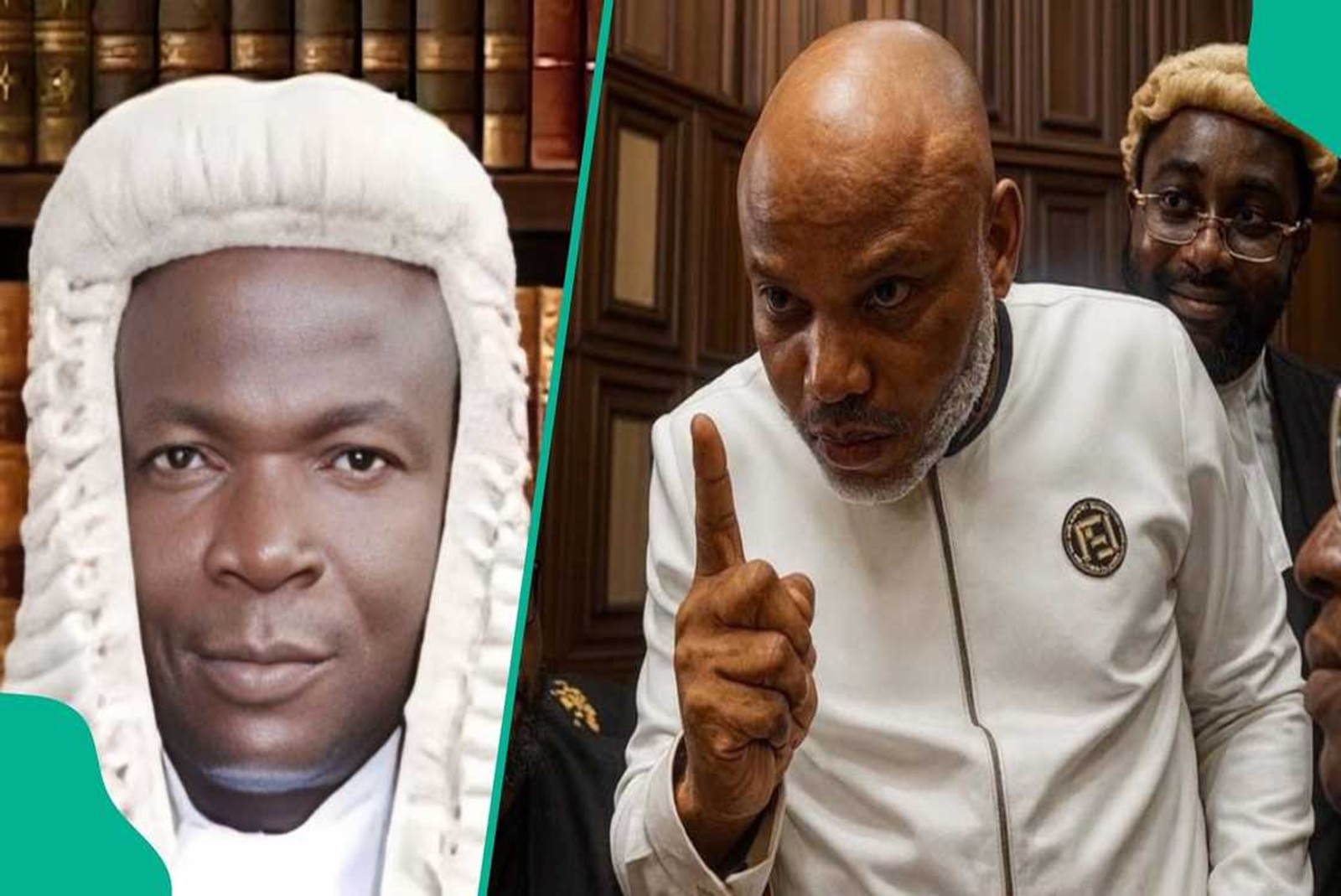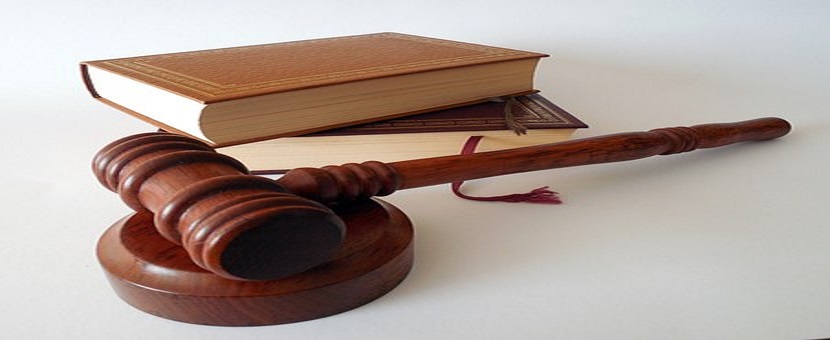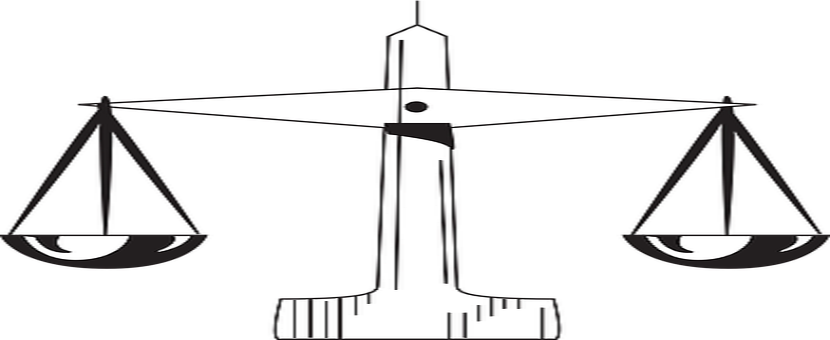Introduction
Exploring amicable resolution of disputes has remained one of the most desirable steps to take whenever dispute arises. In fact, approaching the court by way of filing a suit ought to be the last option especially in civil cases, particularly commercial disputes. It is in recognition of this fact that many contract documents include a dispute resolution clause that usually lay down dispute resolution process – attempt by top management to resolve through negotiation, reference to mediation, arbitration, and then court. The advantages of seeking amicable resolution of disputes through alternative dispute resolution mechanisms are many. Aside that it saves time and resources; it is more confidential, and above all, preserves the relationship between the parties (especially the use of negotiation and mediation, as arbitration is a quasi-judicial method).
However, it may also amount to an effective use of strategy in certain circumstances to commence an action in court prior to exploring amicable resolution routes. This is workable mostly where there are no agreed dispute resolution procedure. Otherwise, if there is an arbitration clause for instance, any action commenced before going for arbitration would be considered premature as the court would have no difficulty referring parties to arbitration, so long as the other party has not waived the right to insist on the arbitration.
In the event that a valid action has now been filed, there is the tendency for parties to desire amicable resolution. This is welcome as the courts have always encouraged out-of-court settlement before, during or even after a case is concluded and judgment delivered. Judgments can be compromised.
As part of the bargain for settlement where a case is pending before the court, one of the parties may urge the other side to, first of all, withdraw the case in court as a sign of good faith and seriousness. As enticing as this may sound, the Supreme Court has held that it is most unwise to withdraw a case before settlement is reached. Settlement should precede withdrawal. In fact, in deserving cases, instead of withdrawal, a Terms of Settlement should be filed to enable the court deliver a Consent Judgment based on the terms. This way, the Consent Judgment is binding just like any other judgment and it is extremely difficult to up-turn even on appeal as the courts are always reluctant to trouble a Consent Judgment being one evolving by pure consent of the parties (as the name suggests).
Uwemedimo v. Mobil Producing
The recently reported case of Uwemedimo v. Mobil Producing (Nig.) Unltd. [2019] 12 NWLR (Pt. 1685) 1 presents an interesting example. In that case, the Appellants had filed an appeal at the Supreme Court against the Judgment of the Court of Appeal. Thereafter, they withdrew the appeal and same was struck out by the Supreme Court. Subsequently, the Appellants sought to have the appeal restored in the course list of the Supreme Court. Their reasons were that they withdrew the appeal in good faith, in the hope of reaching an amicable settlement with the Respondent, having been so persuaded by an erstwhile President of Nigeria and by the Respondent’s letter stating willingness to settle if the appeal was withdrawn. They prayed that as the settlement did not work out as planned, the appeal should be restored.
The Supreme Court was unmoved. Rhodes-Vivour, JSC explained the futility in the Appellants’ approach thus:
“Withdrawing an appeal in the belief that, that would show sincerity in settlement is not a good explanation or a good cause to justify the act. It shows lack of experience. An appeal is withdrawn after parties have been able to settle, not before. Withdrawing the appeal in the way in which it was withdrawn is a clear indication that the Appellants did not want to continue with the appeal. It remains dead for all time.”
Meanwhile, it is important to note that an appeal withdrawn and struck out can still be restored (as a judgment dismissing an appeal withdrawn is not a judgment on the merits). However, only in exceptional circumstances. The Supreme Court held that the situation in the instant case is not one of such circumstances.
Something more interesting also happened in the case. The Appellants, seeing the tight corner in which they have boxed themselves into, explained that the Counsel who withdrew the appeal did so in error and without their authority and instruction. Eko, JSC was not persuaded. His Lordship gave a perfect answer:
“The posturing of the Appellants/Applicants that Prof. Tony Ukam, who settled both the Notice of Appeal and Notice of Withdrawal, withdrew the appeal in error and/or that without authority or instruction is rather hard to believe, even if it is not preposterous. It is trite that the general authority counsel retained in a matter before the court has, in relation or as regards the matter includes the authority to compromise. In any case, the contention of the Appellants/Applicants that Prof. Tony Ukam had no instruction to withdraw the appeal was rendered nugatory by the further averment that the notice to withdraw was to pave way for an out of court settlement. In other words, the appeal was tactically withdrawn. The Appellants/Applicants who are seeking an equitable remedy by this application cannot get the Court to exercise its discretion in their favour by this unwholesome and manifest contradiction that smacks of an attempt to mislead the Court.”
Conclusion
In actual sense, a pending action does not disturb settlement talks. This makes the issue of prior withdrawal of a pending suit for purposes of settlement unnecessary. Parties negotiating in good faith may hasten up the discussions in order to reach a compromise and timely closure. Be guided.














